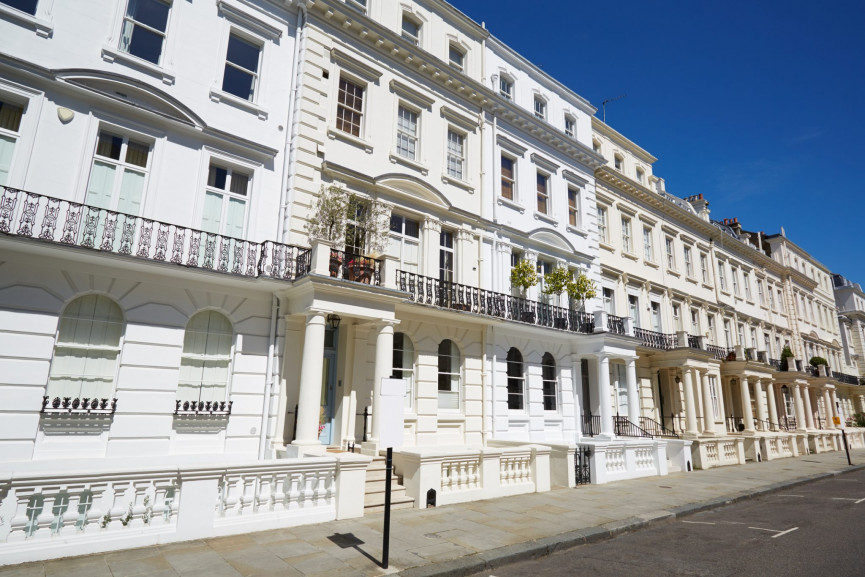The sun rising, the changing of the seasons, Trump saying something utterly moronic, Arsenal finishing fourth and house prices going up. These are the comforting things in life that we can rely on. These will never change and we can all plan accordingly.
This means, of course, youngsters, that you will never own a house, especially in London, where the average price has jumped an incredible 500% in the last 20 years - from £98,000 in January 1998 to £485,000 in January 2018.
Yes, you read that right, the average house price in London is currently £485,000. That’s substantially more than the £227,000 UK average and that is a very, very, very huge amount of money. Oh well, renting forever it is then.
But wait, because new figures from Acadata have reported a price fall in London.
Prices have apparently dropped 4.3% in the year to January, the largest such plunge since August 2009.
So what’s caused this and is this the start of a nosedive back toward affordability?
Why have house prices dipped?
Business Insider details three main causes for the slowdown:
1. Mortgage issues
Lucian Cook, head of Residential Research at Savills explains: “There are two things that are going to fundamentally shape the UK market over the course of the next ten years: mortgage regulation and interest rates. Mortgage regulation is designed that people don’t overstretch themselves. But what it does is cap the amount people can borrow relative to their income, and that keeps deposits high for first-time buyers and for home-movers generally.”
In London, the gap between salaries and house prices is biggest - and people have begun to reach the limit of what the size of mortgage they can get, limiting their ability to buy.
So what’s driving the current slowdown? The answer is a heady mix of sluggish economic data, Brexit uncertainty, and bloated prices. Here’s the breakdown.
2. Brexit
Ah, we’re never too far away from Brexit are we? But the huge uncertainty around what sort of Brexit we’re going to get, and how badly it’s going to affect us economically has meant that people have been reluctant to move house or take a risk.
Savills research analyst Lawrence Bowles said last year: “London’s housing market has been pushing up against the limits of mortgage regulation and affordability for some time. The Brexit vote was the tipping point that slowed price growth.”
3. Prices at the top of the market being too high
If you hadn’t noticed, London has some outrageously expensive houses. The top 11 of London’s 33 boroughs are down by a disproportionately high amount, with a 7% drop year-on-year. Kensington and Chelsea, the most expensive borough, has seen a price drop of 12.9% in the last year.
Meanwhile, the 11 cheapest boroughs have seen a fall of only 1.3% in the last year.

You will never live in this lovely house in Notting Hill. That movie was a lie
Is this the start of a long-term drop?
As that last paragraph suggests, sadly, it’s not all good news for people aiming to get on the housing ladder. It seems that the bulk of the price drop has come from a fall in properties at the top end of the market - so buying a mansion just got cheaper, but a one bed in Forest Gate, not so much.
Savills forecasts that prices in Greater London will fall by 2% in 2018, but stabilise in 2019 before returning to growth in 2020, presumably as a result of greater certainty regarding Brexit. Sorry.
Savills research analyst Lawrence Bowles said last year: “Greater economic and political certainty should trigger a return to growth in 2020, though this will be capped by borrowing constraints as gradual increases in the cost of mortgage debt impinge on affordability.”
(Images: Evelyn Paris/iStock)
Latest
Related Reviews and Shortlists










